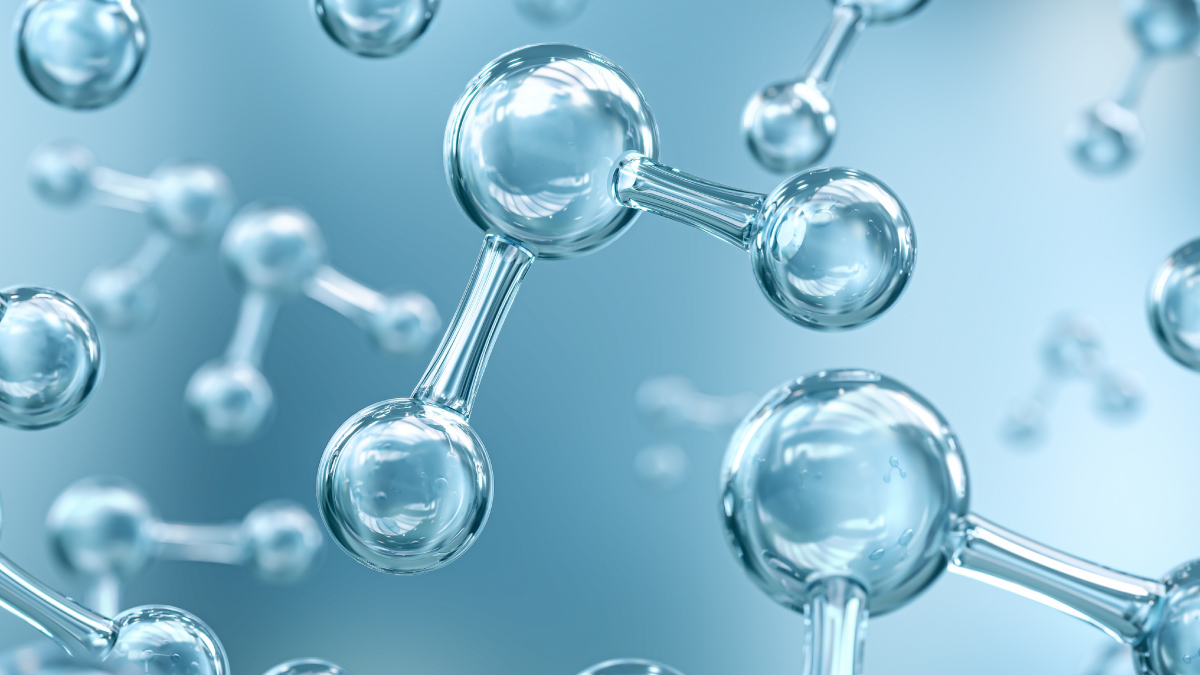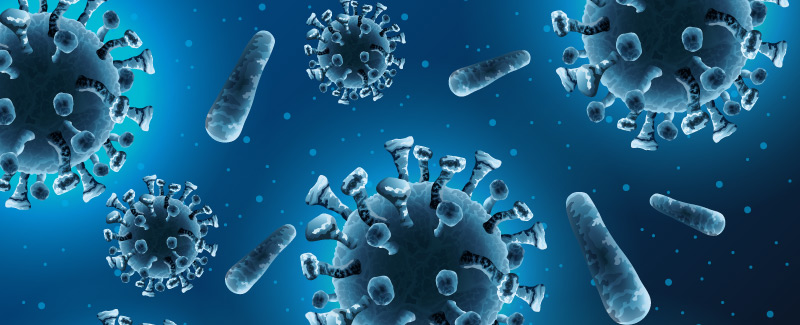Big Blue Blog - Chemicals for Cleaning and Disinfection
 BlogCleanroom12.01.2023
BlogCleanroom12.01.2023
Wet vacuum cleaning, mopping and wiping are all used extensively in cleanroom cleaning. In some instances, water alone is used with these methods, however in most instances a chemical solution is employed to enhance cleaning efficiency or provide anti-microbial action.
Whenever liquids are used for cleanroom cleaning or disinfection, they should be free from contamination which could compromise the area. This means that any water used must be purified to the standard needed in the area to be cleaned. Water used for cleaning may therefore range from deionized water to water for injection (WFI) quality. Chemicals should not contain any suspended particulate and should not leave particulate residues on cleaned surfaces after evaporation.
For high grade pharmaceutical cleanrooms, used for the manufacture of sterile products, it is a regulatory authority requirement that the disinfectant solution to be utilised is sterile prior to use.
In addition, any Health and Safety issues relating to fire hazard or toxicity of any chemicals that are being proposed should be clearly understood and minimised.
Cleaning chemicals
Annex 1 states that for disinfection to be effective it must be a two-stage process. The first stage should be a process to remove surface contamination and the second stage should be disinfection using a rotational system based on two types of disinfectants which have different modes of action.
Stage 1 of the process is very important as it should remove any residue or debris that would detrimentally impact the effectiveness of the disinfecting agent used. In addition, any cleaning programme should effectively remove disinfectant residues.
A surfactant is a chemical which lowers surface tension and improves removal of solids from cleanroom surfaces. Detergent products typically contain a surfactant or a mixture of surfactants.
Surfactants are classified as amphoteric, anionic, cationic and non-ionic depending on their chemical structure and detergents containing non-ionic surfactants are usually chosen for cleanroom use as they are free from electrically charged molecules. Many different proprietary detergent compounds are available and full product specifications including the SDS will be available from the supplier.
In all instances it is recommended that a comprehensive trial is carried out on any cleaning product before it is adopted for use. This should assess not only cleaning efficiency but also compatibility with the surfaces to be cleaned, other cleaning materials and products.
Cleaning chemicals can be sourced in concentrated or ready for use (RFU) solutions which are mixed in controlled factory conditions to avoid in cleanroom mixing and procedures. If the disinfectants and detergents are supplied in an RFU form then results from certificates of analysis or conformance can be accepted as proof of the mixing process and concentration control subject to successful completion of the appropriate vendor qualification.
Many chemicals are supplied at RFU concentrations in easily portable dispensing containers such as trigger sprays, making them very easy and economical to use at multiple locations.
Disinfecting chemicals
Annex 1 recommends using more than one type of disinfecting agent, which have different modes of action, so that their combined usage is effective against bacteria and fungi and prevents the build-up of resistance. Many proprietary cleanroom disinfectants are a mixture of different compounds which are typically used to a prescribed rotation which is formulated to provide complementary modes of action and avoid the build-up of resistance.

Products which have an anti-microbial action are usually known as disinfectants or sanitisers. Biostatic agents act to inhibit microbial growth whilst biocidal agents kill vegetative micro-organisms. Some bacteria and fungi produce spores which are very resistant to adverse conditions and sporicidal disinfecting agents are required to be effective against spores.
Stage 2 is disinfection. This is usually carried out as a last stage of the cleaning process and is also the principle aim when sanitising hands or 'prepping' materials being transferred into cleanrooms or isolators.
Disinfectants must be used at the correct concentration and for a sufficient time to work effectively and it is important that the chemical comes into direct contact with the micro-organisms.
There are several different types of chemicals which are used as disinfectants including alcohols, quaternary ammonium compounds (QUATS), chlorine, biguanides, triamines and phenols. All have different modes of action and varying effectiveness against different groups of microorganisms and no one, ideal cleanroom disinfectant exists.
Alcohols are routinely used as disinfecting agents in cleanrooms and both isopropyl alcohol (IPA) and denatured ethanol (IMS), are used as 70% solutions in purified water. These sanitisers have the benefit of rapid evaporation leaving almost no residue and are effective against a range of vegetative organisms; however, they have no sporicidal activity.
Because of these properties alcohols are widely used for hand and glove sanitisation and for the wiping down of critical surfaces.
Full information on the performance of disinfecting products will be available from the supplier and standard tests are employed to give an indication of the effectiveness of the product.
These include:
- BS EN 1276 Chemical disinfectants and antiseptics. Quantitative suspension test for the evaluation of bactericidal activity of chemical disinfectants and antiseptics used in food, industrial, domestic, and institutional areas. Test method and requirements.
- CEN EN 13697 Chemical disinfectants and antiseptics. Non-porous surface test for the evaluation of bactericidal and/or fungicidal activity of chemical disinfectants used in food, industrial, domestic and institutional areas.
- BS EN 1650 Chemical disinfectants and antiseptics. Quantitative suspension test for evaluation of fungicidal activity of chemical disinfectants and antiseptics used in food, industrial, domestic and institutional areas.
- BS EN 13704 Sporicidal test. Quantitative suspension test for the evaluation of sporicidal activity of chemical disinfectants used in food, industrial, domestic and institutional areas.
For more information on Micronclean’s range of cleaning and disinfectant products and how these can be used to support your cleanroom contamination control strategy please visit;
https://www.micronclean.com/news-and-blog/annex-1-detergent-and-disinfectants
